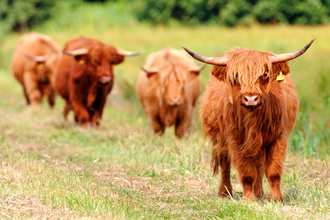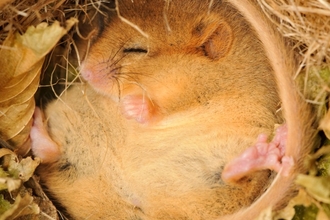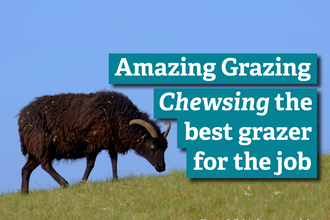I manage the grazing and livestock programmes for the Trust. This includes breeding, welfare, and conservation grazing approach across Yorkshire. No day is ever the same and you have to be ready to think on your feet! Here's a typical day during one of our busiest times: lambing season.
A day in the life of a Grazing Manager
Highland cows grazing at Strensall Common nature reserve by Caroline Comins
It’s a new morning, fresh day at my favourite time of the year. In lambing time I normally get to the sheep for 6:30/7am to welcome the new life and start of springtime. My first job is to ensure all livestock are fit and healthy, so I’m onto the quick check round - making sure water troughs are all ok, that there are no gaps in fences, and all animals are eating and chewing their cuds, so I know they are chilled and happy.
During these checks I can see who has been born overnight. Selecting a ewe and her lamb/s, I gently start to walk them inside to a pen. Here, they can be recorded, have their navels sprayed to help prevent infection - we keep an eye on them for a minimum of 24 hours on our equivalent of a maternity unit. It is important to know that they are feeding well and strong enough to go into the ‘nursery fields’ the following day.
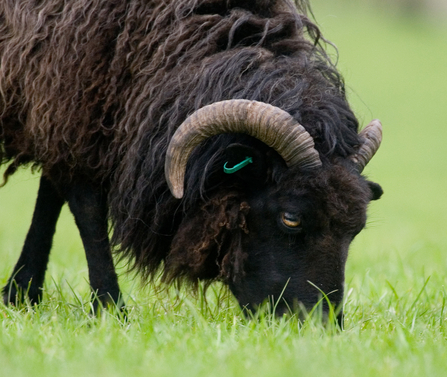
A number of ewes lamb early in the morning so this routine normally takes me up to lunchtime. From then I take time to read through the notes from the previous day to see if anything needs extra attention or support. We have livestock grazing on reserves across Yorkshire, so I can expect lots of calls and messages throughout the day about other locations. Often this is just a general update from colleagues, but sometimes we get more urgent calls if an animal has escaped or is unwell.
During the day, ewes continue to give birth, so spring is always a busy time. The process of bringing in and penning up the sheep continues as a constant flow of activity. Typically, the afternoon duties consist of tagging, which is the legal way of identifying sheep, and other husbandry jobs like tail docking (again to help prevent infection) which is essential within the first 24 hours of birth.
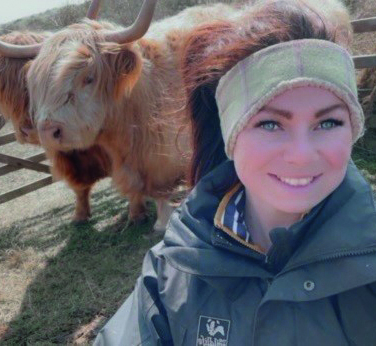
Charlotte hanging with some Highlands
At this busy time of year, time really does fly by and before I know it, the day has rolled around to 6pm. There is one last check round before dark at 8pm, but it’s very rare for ewes to lamb out of daylight hours. This instinct is a call back to their wild ancestors – it’s much safer to lamb during the day, when you can keep a look out for predators.
I feel very privileged to have a job where I’m able to learn so much whilst also being out and about in the beautiful Yorkshire countryside every day. I have always loved working with livestock, and getting to know their personalities. Many of our sheep recognise us and run over when we arrive, and one little madam always refuses to be the first to go into the pen – she thinks she’s in charge!
How you can support Yorkshire’s ancient grasslands
Our vision is for species-rich grasslands on all of our main sites, supported through low intensity grazing. In 2022 we want to boost our livestock numbers, so that we can graze more of our reserves and create essential, micro habitats where sensitive wildlife can thrive.
Will you join us and our supporters across Yorkshire to realise this vision?


